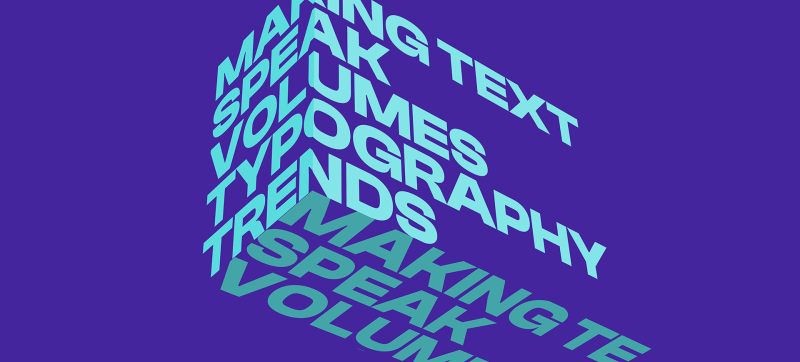
Accessiblity Training
Recently, several members of our design team attended an insightful two-day training session on accessibility. The session was organised by HSBC in collaboration with Hassell Inclusion, and focussed on accessibility for UX & visual design. We were all excited to build upon our existing knowledge, pick up new tips, and get a fresh perspective on accessible design
Why accessible design?
During the HSBC training days, we looked at the range of people that benefit from accessible design. In the UK, almost 1⁄4 of the population have a disability of some kind [source]. However, accessible design isn’t just for those with disabilities or permanent impairments, but also temporary or situational limitations, such as being in a noisy environment, having a broken arm, bad internet connection, and many other considerations that could affect their ability to interact with a digital experience. The bottom line is that inclusive design benefits a very broad spectrum of people, which makes it all the more crucial to factor into creative projects.
When websites, apps or other digital media aren’t designed using inclusive design principles, audiences can feel alienated and quickly give up engaging with the media or using the service. Therefore, being accessible is not just important at an individual level, it’s also key for businesses to make sure that they’re creating positive experiences to retain their customer base
WCAG
In the training, we discussed the design checkpoints in WCAG 2.1, the current “official” standard for accessibility. (Note: WCAG = Web Content Accessibility Guidelines). Diving into specifics was deeply helpful, as the full list is very lengthy and verbose, and can be difficult to fully grasp. Discussing practical applications helped to translate the guidelines into meaningful tips and tricks that we can apply in our own design work at tda! We spent time looking at both “good” and “bad” accessible website designs, going through why each design did or didn’t meet the requirements. It was very helpful to actually see some real-world examples, and to bear in mind the mistakes other sites have made so that we know what to avoid.
Designing for screen readers
There was a particular focus on screen-reader accessibility, which I personally found very interesting. Although I already knew the basics about designing for screen readers, getting some different perspectives was very insightful. We heard from one expert who is blind and uses a screen reader himself. There was also discussion around development best practices, and how we as designers can collaborate more effectively with developers to make sure designs are screen reader friendly.
Our takeaways
Overall, the HSBC training was extremely helpful, and our design team gained some useful takeaways. For me, the highlights were that it’s about using empathy in design, not making assumptions, and letting the user have some control over their experience.
The knowledge we gathered is already influencing our work, helping us to create more inclusive digital experiences, and to offer valuable accessibility expertise to our clients.
If you have questions around accessible design for your own digital project, don’t hesitate to get in touch. We’d love to put our newly improved skills to good use!



